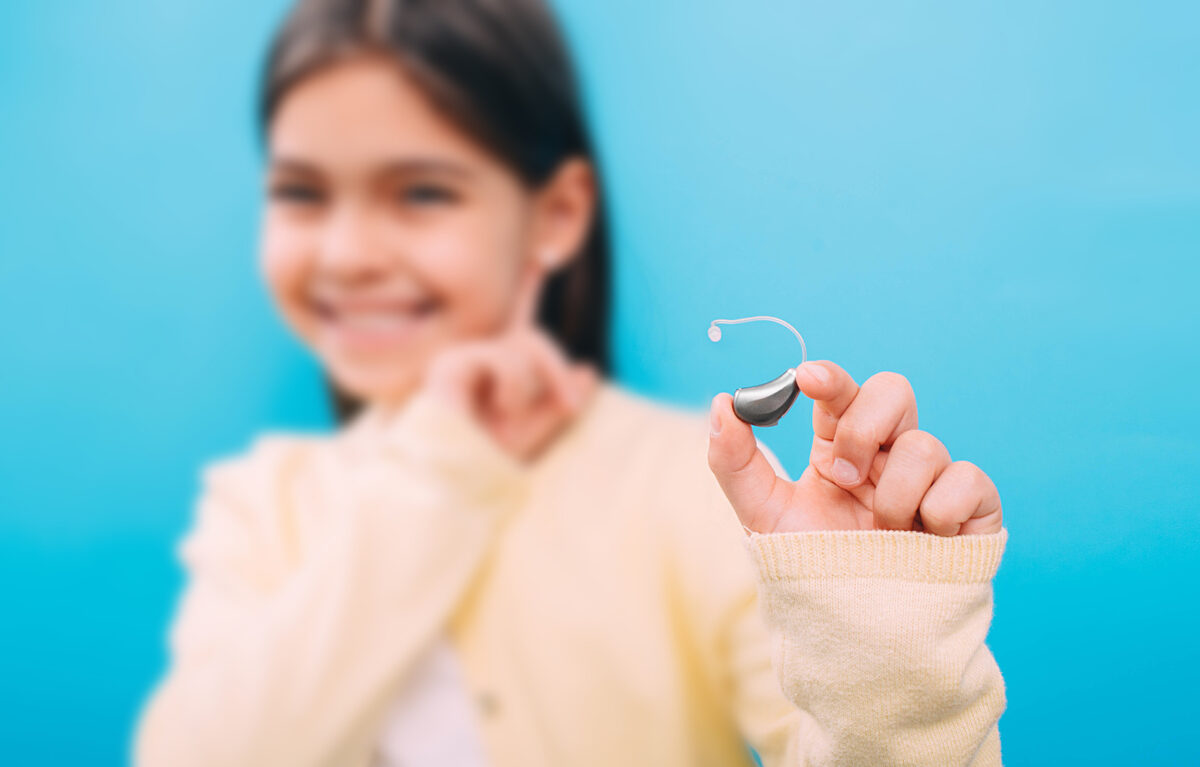Modern hearing aids may be small, but their technology is remarkable. These tiny devices work around the clock to amplify sounds, filter out background noise, and provide crystal-clear audio. For those with hearing loss, they are more than just gadgets; they are life-changing tools that restore connection and confidence.
The science behind hearing aids has evolved significantly over the years. Today’s models use cutting-edge digital processing to enhance speech while minimizing distractions. With each advancement, they become more effective, discreet, and personalized to individual needs.
Understanding How Hearing Aids Work
Hearing aids are simple amplifiers and sophisticated devices that mimic how the human ear processes sound. They pick up sound through a microphone, convert it into digital signals, and adjust the volume and clarity before delivering it through a tiny speaker. This process happens in real-time, allowing wearers to engage in conversations effortlessly.
Most modern hearing aids include multiple settings that automatically adapt to different environments. Whether someone is in a quiet room or a bustling restaurant, the device adjusts to optimize clarity while reducing unwanted noise. This smart technology makes hearing easier without straining, even in challenging listening situations.
Advanced Noise Reduction for Clearer Conversations
Background noise can make conversations difficult, but hearing aids have intelligent noise-reduction features to help. These devices analyze incoming sounds and separate speech from surrounding noise, ensuring voices remain distinct and easily understood.
Directional microphones further enhance clarity by focusing on speech from a specific direction. This feature helps people engage in conversations without being overwhelmed by surrounding sounds. Combining noise reduction and directional technology allows for a more natural and comfortable listening experience.
Wireless Connectivity for Seamless Listening
Many hearing aids now have Bluetooth technology, allowing them to connect wirelessly to phones, TVs, and other devices. This feature lets users take calls, stream music, or listen to podcasts directly through their hearing aids. Wireless connectivity provides a clearer and more immersive audio experience by eliminating background noise from external speakers.
Some models also sync with smartphone apps, offering real-time adjustments and custom settings. Users can control volume, switch modes, or even locate misplaced hearing aids through an app. These innovations make everyday life more convenient and enjoyable.
Rechargeable Batteries for Long-Lasting Performance
Traditional hearing aids relied on small disposable batteries, but many modern models now feature rechargeable options. These batteries provide all-day power with just a few hours of charging, eliminating the hassle of frequent replacements. This advancement is not only convenient but also more environmentally friendly.
Rechargeable hearing aids often come with sleek charging cases that double as storage. Some even have fast-charging capabilities, ensuring users stay connected without lengthy interruptions. The shift to rechargeable batteries has made hearing aids more reliable and user-friendly.
Artificial Intelligence for Smarter Hearing
Some of the latest hearing aids incorporate artificial intelligence to adapt automatically to different listening situations. AI technology learns from the user’s habits, fine-tuning settings for optimal performance in real-world environments. Over time, these devices become even more personalized, offering a truly customized hearing experience. Contact us for more information.

